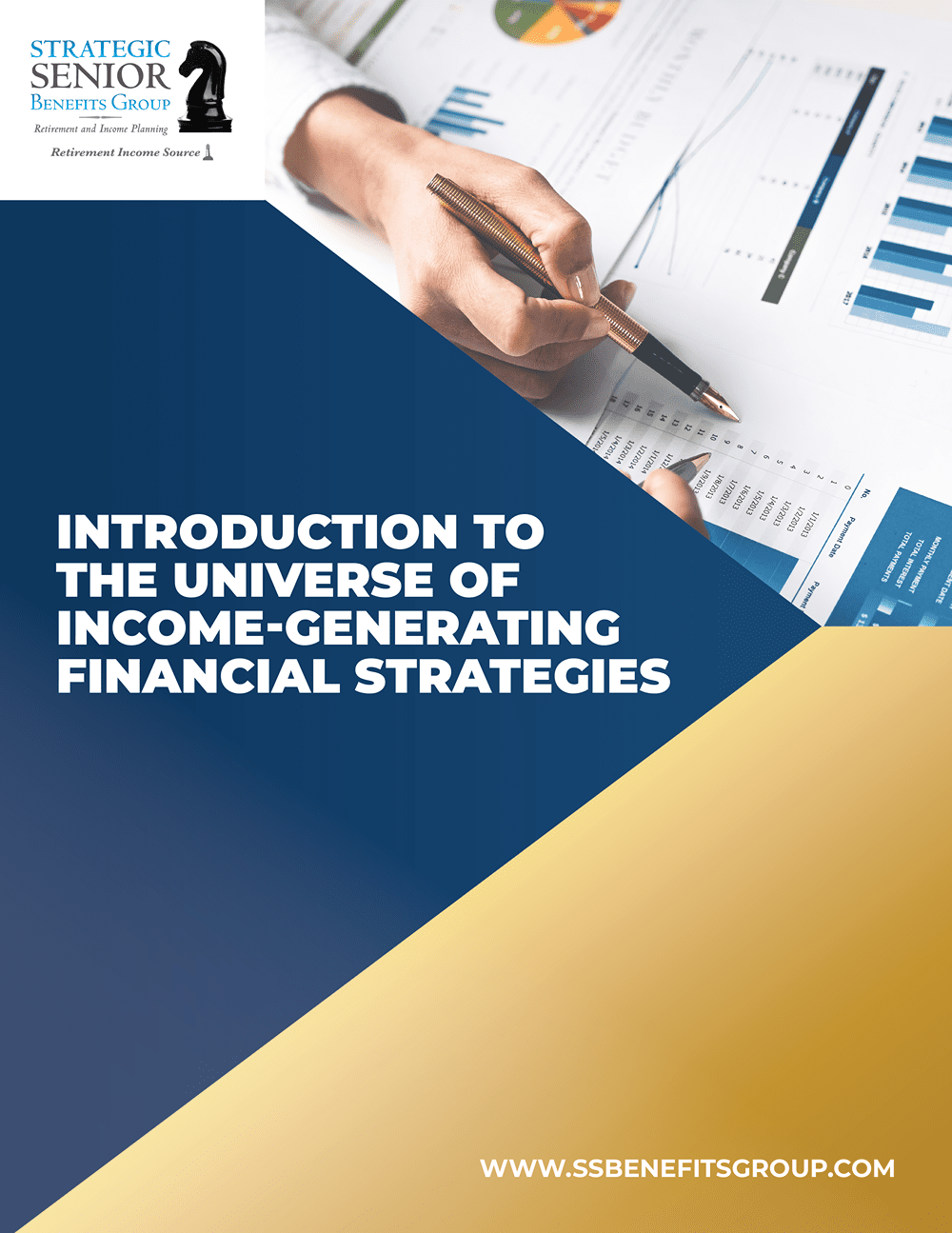Aggressive instruments are those primarily invested in for growth. As the chart shows, they include things such as common stocks, stock mutual funds, commodities, Business Development Companies (BDCs), and speculative real estate. Again, these are typically invested in growth or capital appreciation, not income. They are considered aggressive because, while they can provide large short-term gains, they can also carry a higher risk of sudden losses.
On the left of the chart are investments that are considered conservative because, in theory, they are deemed to have no default risk. These include bank CDs, government bonds, fixed annuities, and insured municipal bonds.
In the middle of the chart are moderate instruments that have some default risk but are generally considered to have a much lower risk of loss than aggressive investments. These moderate options include corporate bonds, indexed annuities, preferred stock, and Real Estate Investment Trusts (REITs).
The instruments on the left and in the middle have two things in common:
1. They’re considered to have less risk of loss than the instruments in the aggressive category.
2. They are instruments that people invest in primarily for income.
In other words, they are not instruments that people typically invest in first for growth — although they do appreciate in value. The interest and dividends that are typically yielded by the vehicles on the left and in the middle represent a way for investors to generate reliable income and grow their money “organically” through the reinvestment of any interest and dividends they may not need for income. This is known as the “bird-in-hand” approach to portfolio growth. You aren’t crossing your fingers and toes and hoping for capital gains to provide you with growth. Instead, you’re building growth strategically through a dependable process.











